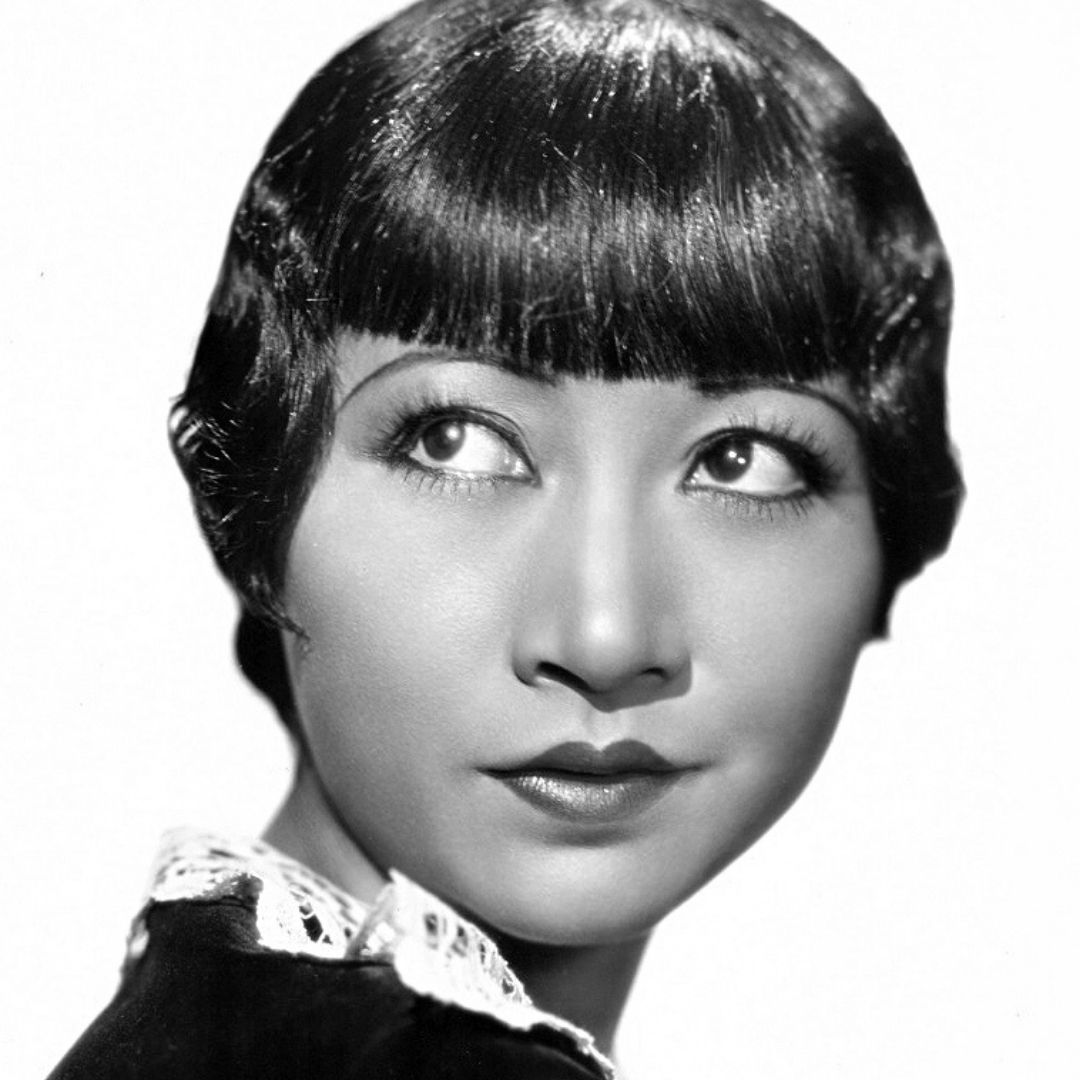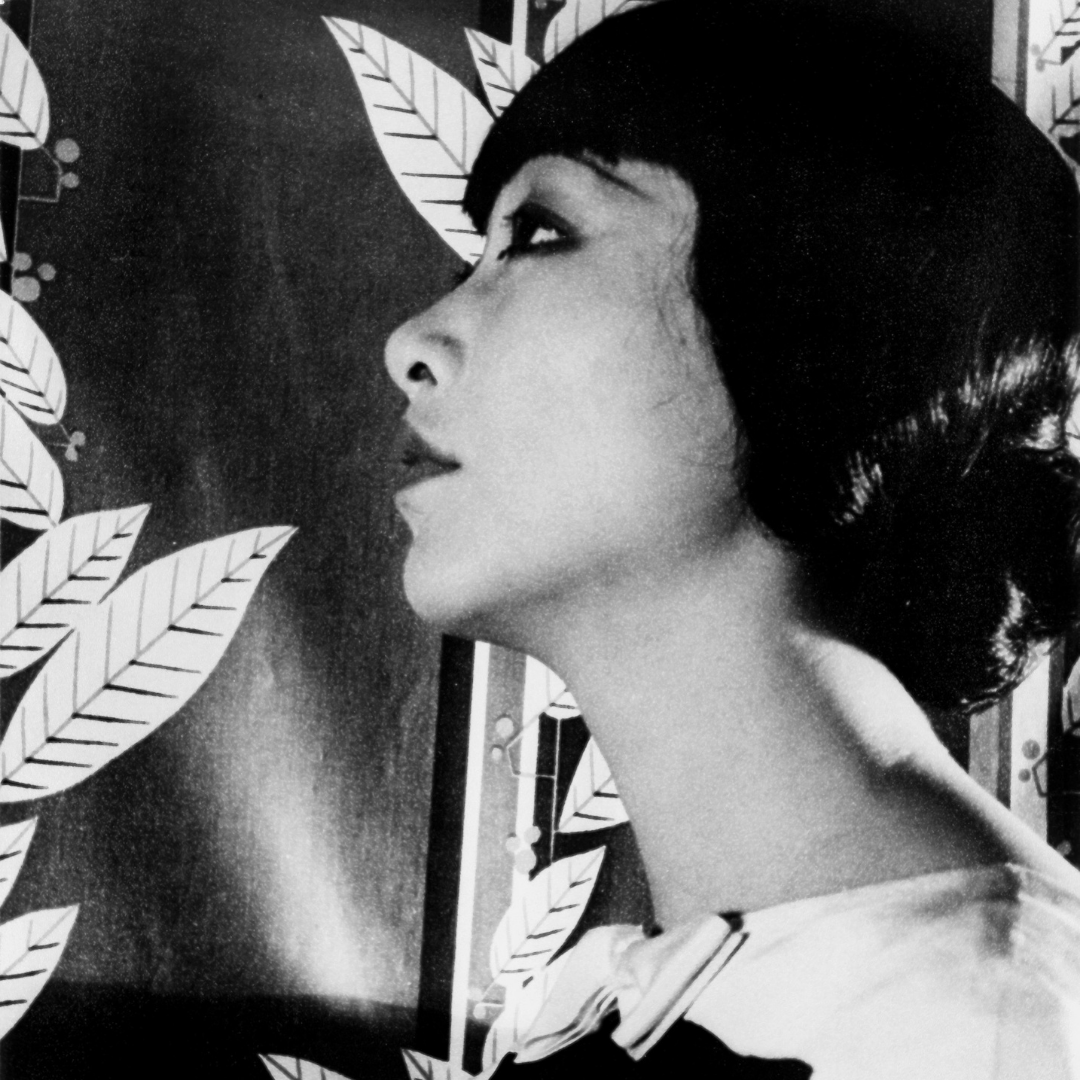The producers and picture companies in Hollywood continued to cast white women for lead roles as Chinese women. Finally, they offered Wong a supporting actress role as the moraless villain. She turned it down. Leaving a backwards Hollywood behind, she made her own film. She hired a cinematographer and made a silent documentary of her travels in China. During 1936, she filmed her documentary of her interacting in China. One scene was of her in Shanghai. The trip was filmed and would later be broadcast on television in the 1950s including narration from Anna May Wong. In 1937, Wong signed a contract with Paramount Pictures and her roles improved. She starred in “The daughter of Shanghai” and “Island of Lost Men.” Wong did not have to be the villain, but was portraying sympathetic roles with more depth.
Significant sacrifices were made by Wong to the war effort when WWII broke out. The Japanese Empire attacked the Chinese during the war. She auctioned off her movie costumes to raise money combined with her salary from both films Bombs over Burma (1942) and Lady from Chungking (1942) to the then United China Relief. Then, she suffered financial losses during the war. She was not getting acting roles in America. While Hollywood turned their back on her, she became depressed and drank. The war years were the lowest years of her life.
In the 1950s with acting opportunities in America again, Wong led a Television show of her cinematic work. It was the first time an Asian American Actress had done so. During her middle-aged years, she took any role in a movie that was offered. Finally, the prolific actress was honored with a star on the Hollywood Walk of Fame in 1960. The next year, it ended sadly for the talented and stylish actress. Anna May Wong was an alcoholic with cirrhosis of the liver and died of a massive heart attack at the age of fifty-six.
Anna May Wong’s significance is as America’s first Chinese American Hollywood movie star, as a cultural advocate, and for her devotion to help the Chinese cause against the Japanese during WWII. Foremost, Wong was a barrier breaker in the racially and sexually segregated film industry. She persevered to act in sixty films. Many Asian female actresses had doors opened to them in Hollywood due to Anna May Wong’s persistence and accomplishments. To learn more, visit our website, JohnHutchingsMuseum.org.



